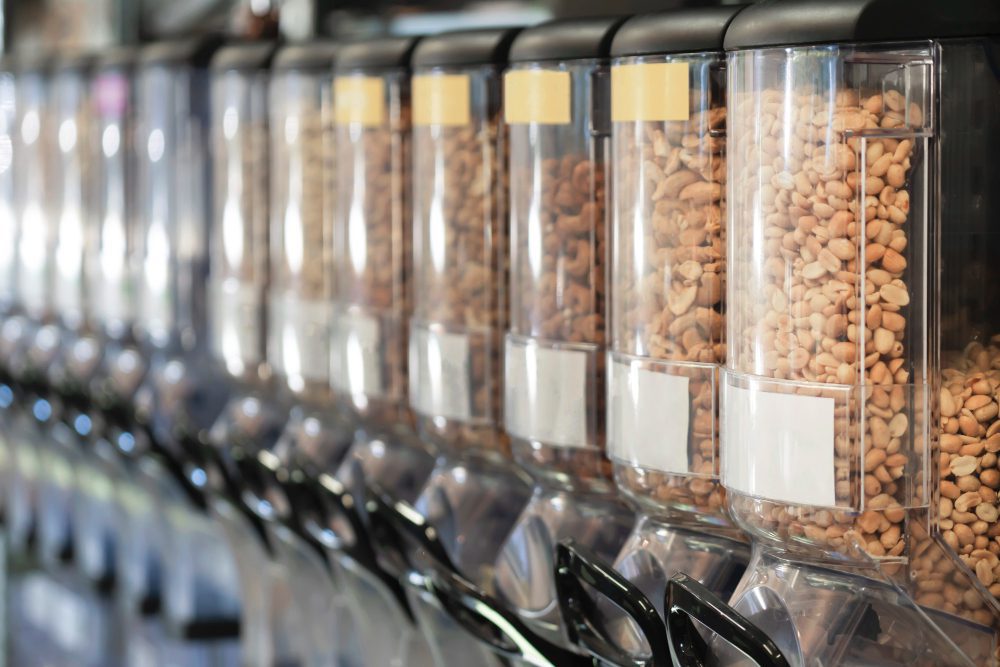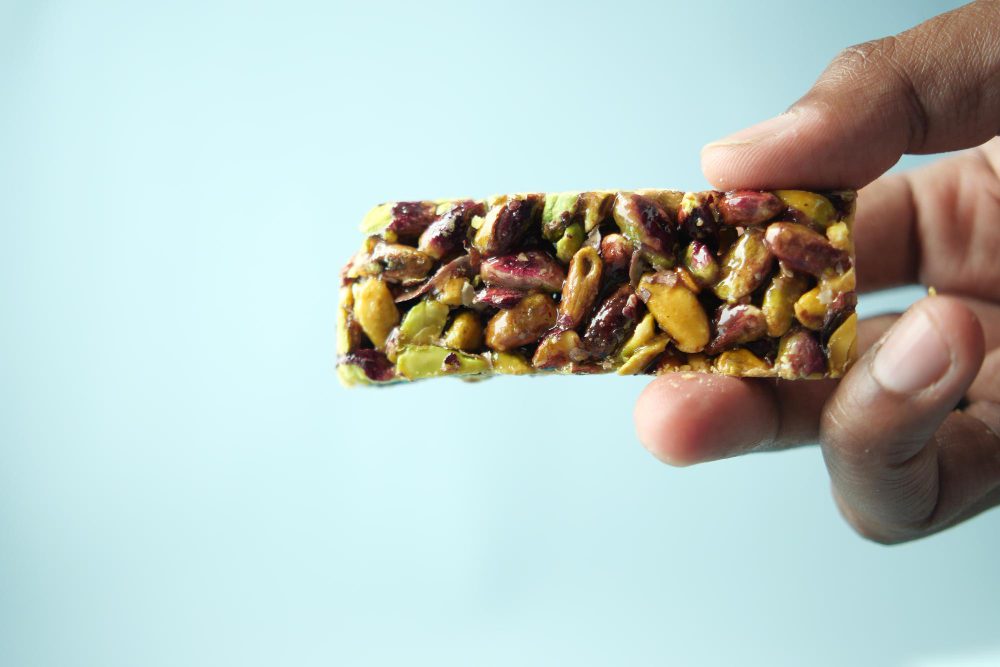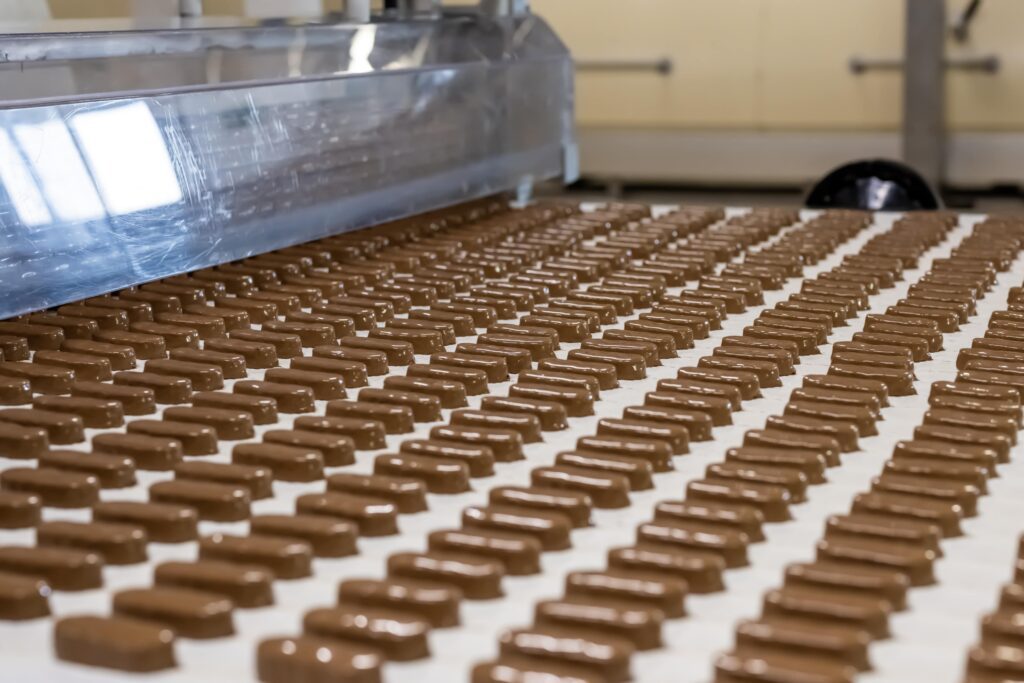Exploring the Market Saturation and Future Prospects of Protein and Energy Bars
In the vast ocean of quick and satisfying snacks, Protein Bars, Sports Bars, Granola Bars, and Energy Bars undoubtedly reign supreme. But with an overcrowded shelf space, the critical question arises – what lies ahead for these scrumptious, nutrient-packed titans? As we delve into the future market trends, the potential for innovation, and the challenges that the industry may face, this article aims to provide a comprehensive insight into what’s next for the category. Will there be another breakthrough or will the saturation point be hit first? Let’s find out!
Current Market Saturation: Are There Still Places on the Shelf?
With the multitude of protein bars, sports bars, granola bars, and energy bars taking up valuable real estate on grocery store shelves, it’s worth wondering if there is any room left for innovation within this category. The answer is nuanced and depends on multiple factors such as the impact of existing bar categories, consumer preferences, brand recognition, and product differentiation.
Analyzing Current Shelf Space
When we delve into the current shelf space, we can see a marked impact from existing bar categories. For instance, the protein bars category, with its promise of quick, digestible high-protein snacks, has long been dominant. Meanwhile, sports bars and energy bars, aimed at athletes and those seeking an energy boost, have found their distinct niches.
Impact of Existing Bar Categories
The impact of existing bar categories cannot be overstated. As the saying goes, familiarity breeds preference. Consumers tend to gravitate towards what they know, and for many, protein bars, sports bars, granola bars, and energy bars have become a reliable staple.
Consumer Preferences and Trends
Yet, while preference for the familiar is strong, there is also a discernible shift in consumer preferences and trends. A growing segment of consumers is exhibiting an interest in healthier, more natural options. This trend opens potential avenues for innovation, such as bars focusing on raw or superfoods.
Challenges of a Saturated Market
Entering a saturated market is no easy feat. Brands need to overcome the significant challenges of robust competition, including achieving brand recognition and product differentiation.
Brand Recognition
Achieving brand recognition in the sea of protein bars, sports bars, granola bars, and energy bars is undeniably a herculean task. Established brands, with their trusted quality and extensive marketing, take up most of the consumer mind space, leaving newcomers scrambling for attention.
Product Differentiation
Without clear product differentiation, new arrivals in the snack bar category can struggle to make their mark. It is essential to bring something innovative to the table — be it unique ingredients, an unheard-of health claim, groundbreaking packaging, or any other promising feature that would make the product stand out.
The saturation of the bar category is evident. However, a saturated market is not necessarily a closed market. With thoughtful analysis of current shelf space, brand strategy, and close following of consumer preferences and trends, there is always room for fresh ideas and innovation.
Innovative Trends in Protein and Snack Bars

In the bustling world of protein bars, sports bars, granola bars, and energy bars, innovation has become a key driver of success. New trends are shaping the future of this kick-start sector.
New Ingredients and Flavors
The bar category is witnessing a creative explosion in the use of new ingredients and flavors.
Superfoods and Functional Ingredients
Adding superfoods and functional ingredients is a trend more and more protein bar brands are adopting. For example, the inclusion of chia seeds, flaxseeds, turmeric, and matcha not only adds nutritional value but also helps differentiate brands in a crowded market. These superfoods and functional ingredients offer added health benefits that resonate well with the health-conscious consumers.
Exotic and Unique Flavors
If you thought protein bars can only come in classic chocolate and vanilla flavors, think again! To pique consumer interest, manufacturers are coming up with exotic and unique flavors such as gingerbread, salted caramel, and even savory flavors like tomato basil and spinach feta.
Sustainability in Production
One cannot talk about innovative trends without thinking about sustainability. As consumers become more environmentally conscious, the protein bar brands are also stepping up their game.
Eco-friendly Packaging Solutions
Brands are looking forward to adopting eco-friendly packaging solutions in a bid to reduce their carbon footprint. This includes using biodegradable materials or recyclable packaging. Companies such as Raw Bite and Trek have already begun implementing such strategies.
Ethical Sourcing of Ingredients
Not only does the final product matter, but also where the ingredients come from plays a significant role. Ethical sourcing of ingredients ensures that the materials used in the protein bars are grown, harvested, and processed in an ethical and sustainable way. This also extends to fair trade ingredients, ensuring that the farmers and workers involved in the production are paid fairly and work under good conditions. Brands like Amrita and KIND have rooted their products in the ethos of sustainability and transparency.
This innovative approach not only captures the attention of health-conscious consumers but also appeals to those who are mindful of their environmental and societal impact. Innovation, like these unfolding in the protein and snack bars sector, keeps the category fresh, relevant and opens up new avenues for growth and diversification. The future indeed looks appetizing.😉
Marketing and Branding Strategies for The Next Generation of Bars

In the crowded world of Protein Bars, Sports Bars, Granola Bars and Energy Bars, companies need to employ innovative marketing and branding strategies to differentiate themselves.
Targeting Specific Consumer Needs
Understanding and targeting specific consumer needs can effectively bridge the gap and have a direct impact on the sales figures.
Health-focused Products for Different Lifestyles
As we progress further into the health-conscious era, many consumers have sets of dietary demands related to their lifestyle choices. There’s an increased demand for vegan, gluten-free, keto-friendly and Paleo-diet protein bars. Consumers’ increasing awareness about artificial sweetening agents has also resulted in companies designing bars free from artificial sweeteners. 💪
Gender-specific Nutrition Solutions
There’s also a rise in popularity of gender-specific nutrition bars. Men and women have different nutrients demand, and tailoring bars to fit these needs can be a successful strategy. For example Iron-rich bars for women can be a game-changer owing to females’ increased demand for Iron. 🙋♀️
Leveraging Digital Platforms
In the digital age, online is where the customers are. Brands are leveraging digital platforms in various ways.
Influencer Collaborations
Influencer collaborations have emerged as a powerful strategy. Teaming up with an influencer with a large following can be hugely beneficial. It humanizes the brand and increases its outreach to potential customers who follow the influencer. 🤝
Online Communities and Engagement
Creating online communities centered around the brand or its values can also enhance consumer engagement. Active engagement in these communities by providing useful insights, responding to queries, or even holding contests can retain existing customers and attract new ones. 🌐
Innovating in marketing and branding strategies is no longer a choice but a necessity for protein bars, sports bars, granola bars, and energy bar companies. Their future growth hinges on how well they can adopt and execute these strategies. 🚀
Future Directions: What’s Next for the Bar Category?

As we continue to explore the food industry, it’s clear that the future of Protein Bars, Sports Bars, Granola Bars, Energy Bars, and other snack bars is brighter than ever with impending advancements in technology and market expansion. What’s next for these categories? Let’s find out.
Technological Advancements in Production
Within this sector, innovation isn’t just about flavors; it’s about harnessing the power of science and technology to provide us with superior and customized products.
Customized Nutrition Through AI and Technology
With the rise of AI and big data, imagine a world where you can walk into a health food store and find a protein bar that’s not only delicious but also tailored to your nutritional needs. This could mean bars with precise ratios of macronutrients for your body type, micro-nutrients to fill gaps in your diet, or even bars with specific ingredients to support conditions like low iron or high cholesterol. Brands like “Nuritas” and “DNAFit” leverage AI and data science to understand personalized nutrition at a deep level, and this trend might soon find its way to our favorite snack bars.
Enhanced Shelf Life and Freshness
Thanks to advancements in food science, we’re starting to see snack bars with enhanced shelf life while maintaining freshness and flavor. For instance, new packaging technologies can help maintain the nutritional content and texture of these bars, reducing the need for preservatives. Brands like “Stayfresh” offer packaging solutions that can extend the shelf life of perishable foods, indicating a big leap for energy bars and other similar products.
Expanding into New Markets
Beyond technological advancements, the bar category is venturing into unchartered territories, broadening its horizons in terms of market reach and product innovation.
Global Market Opportunities
As awareness and preference for protein bars and other energy snacks increase globally, brands have opportunities to enter new markets. Emerging economies, especially in Asia and Africa, show promising growth potential. The rising middle-class population, increasing health awareness, and lifestyle changes contribute to this growth. Brands like “Quest” and “Clif Bar & Company” are already marking their presence in these regions, setting the stage for a global proliferation of the bar category.
Cross-category Innovations
Innovation is not just about turning heads; it’s also about merging categories and appealing to a broader range of consumers. There’s a trend in the food industry to create hybrid products, combining two favorite snacks into one. Imagine a granola bar that can double up as a tea biscuit, or a protein bar with the tangy twist of a fruit snack. Brands like “KIND” are already adding frozen bars to their portfolio, effectively blurring the lines between snack bars and desserts.
Ultimately, with the ever-evolving consumer needs and trends of Protein Bars, Sports Bars, Granola Bars, Energy Bars, the snack bar shelf continues to expand, creating room for more innovative and exciting products to come in the future. As these advancements grow, it’s clear that the journey for the perfect bar is far from over – it’s just beginning!









